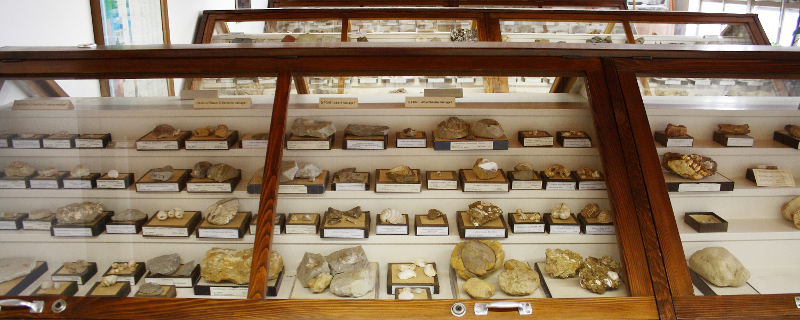The Department of Geology stands as a cornerstone of geological research and academic excellence. With a rich history of participation in various projects and programs, both domestically and internationally, the department has played a big role in advancing the field of geology.
Continuously evolving to keep pace with global geological developments, the department incorporates new knowledge into its study programs, ensuring students receive a comprehensive education that reflects the latest advancements in the field. Today, modern analytical methods drive ongoing research efforts, with a significant expansion seen in geochemical research over recent decades.
The Division of Geology and Paleontology focuses on a multifaceted approach to research, delving into the stratigraphic, paleontological, sedimentological, and paleoecological aspects of the Dinarides and Pannonian regions. Through rigorous investigation, the division seeks to unravel the complexities of geological structure, origin, and evolution throughout history.
Research within the Division of Mineralogy and Petrology delves into the crystallochemical characteristics of minerals, with a keen eye on their applications in various scientific disciplines and environmental research. From clay minerals to geochemical environmental research, the division’s work encompasses a broad spectrum of geological inquiry.
A core objective of the Department of Geology is to foster collaboration among research institutions with shared interests, thereby enhancing interdisciplinary efforts and strengthening commercial activities rooted in scientific research. By championing these initiatives, the department aligns itself with the strategic goals of the Faculty of Science, driving innovation and excellence in geological research.
The Geological-paleontological collection, housed within the Division of Geology and Paleontology at the Department of Geology, is a treasure trove of geological and paleontological specimens. With approximately 4,000 rock and fossil specimens spanning nearly all geological periods, the collection offers a glimpse into Earth’s rich history. From the ancient Precambrian period to more recent epochs, each fossil sample is meticulously cataloged with details including genus and/or species, location, and age. Additionally, the department has a petrological collection comprising 700 specimens of igneous and metamorphic rocks, as well as 400 specimens of sedimentary rocks. For enthusiasts of mineralogy, the Mineralogical collection houses 1,800 specimens of minerals, while the collection of ore rocks comprises 200 specimens.
(photo: Department of Geology, Faculty of Science)
